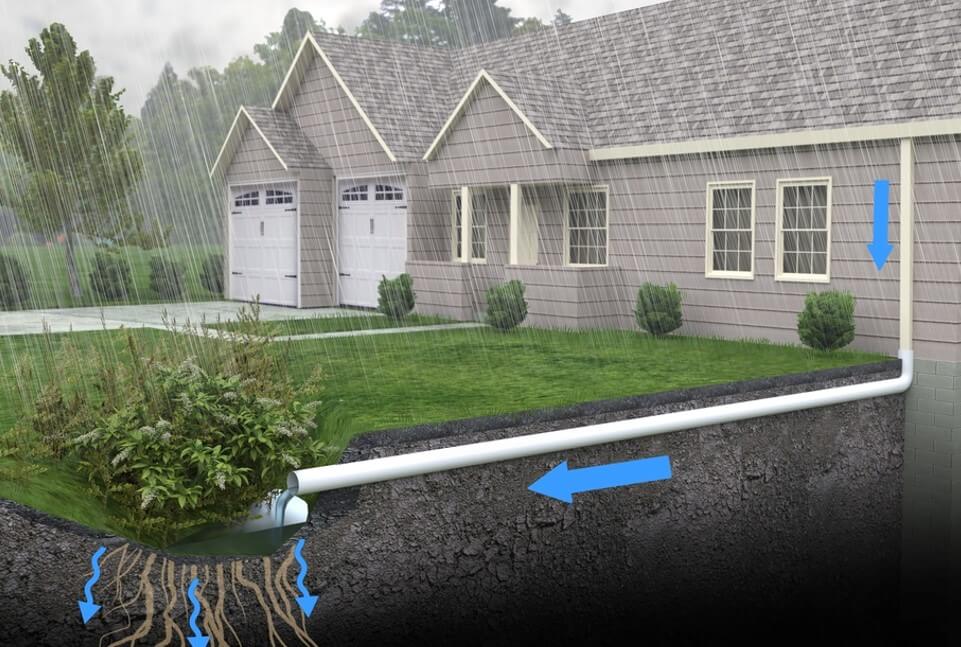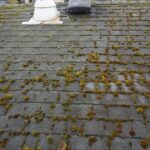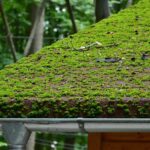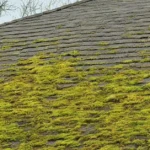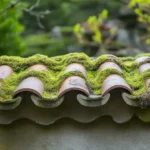When it comes to ensuring the longevity and functionality of your home, understanding the best roof drainage designs for homes is crucial. Your roof is not just a shelter; it is a critical element that protects your home from water damage. Choosing the right drainage design can make a significant difference in maintaining your home’s structural integrity.
Homeowners often overlook the importance of a well-designed roof drainage system. However, the right system can prevent water accumulation, reduce the risk of leaks, and prolong the lifespan of your roof. In this article, we will explore various roof drainage designs and help you decide which one is the best fit for your home.

Understanding Roof Drainage
Before diving into specific designs, it’s essential to understand the purpose of roof drainage. A well-functioning drainage system channels water away from your roof, preventing pooling and potential water damage. This system typically includes gutters, downspouts, and drains that work together to guide water safely away from your home.
Importance of Proper Roof Drainage
Proper roof drainage is vital for several reasons. Firstly, it protects the structure of your home by preventing water from seeping into the walls and foundation. Secondly, it helps avoid the formation of ice dams in colder climates, which can lead to roof damage. Lastly, an effective drainage system contributes to the overall aesthetic appeal of your home by keeping surfaces dry and clean.
Types of Roof Drainage Designs
There are several roof drainage designs to consider, each with its unique features and benefits. Let’s explore some popular options:
Gutter Systems
Gutter systems are perhaps the most common drainage solution for homes. They consist of horizontal gutters attached to the edge of the roof and vertical downspouts that direct water away from the foundation. Gutters are available in various materials, including aluminum, copper, and vinyl, each offering distinct advantages.
Scupper Drains
Scupper drains are openings placed at the edge of a flat roof to allow water to drain off the surface. They are often used in conjunction with gutters and are ideal for homes with flat or low-sloped roofs. Scuppers can be an aesthetically pleasing option, as they can be customized to match your home’s exterior.
Internal Drains
Internal drains are commonly found on flat or commercial roofs but can also be used in residential settings. These drains are installed at the center of the roof and connected to a network of pipes that channel water to the ground. Internal drains are an excellent choice for homes with limited space or aesthetic considerations.
Choosing the Best Design for Your Home
Selecting the best roof drainage design for your home depends on several factors, including your roof type, climate, and personal preferences. Here are some considerations to keep in mind:
Roof Type
The type of roof you have plays a significant role in determining the appropriate drainage design. For example, sloped roofs typically work well with gutter systems, while flat roofs might benefit more from internal drains or scuppers.
Climate and Weather Conditions
Your local climate can impact your drainage needs. In areas with heavy rainfall, a robust gutter system might be necessary, whereas regions with snowfall may require specialized solutions to prevent ice dam formation.
Maintenance Considerations
Maintenance is another critical factor when choosing a drainage system. Some designs require more regular upkeep than others. For instance, gutters need periodic cleaning to prevent clogs, while internal drains might require professional inspections.
Installation and Maintenance
Proper installation and maintenance are key to ensuring the effectiveness of your roof drainage system. It’s advisable to work with experienced professionals who can tailor the system to your home’s specific needs. Regular maintenance, such as clearing debris and inspecting for damage, will also help keep your drainage system in top condition.
Professional Installation
Hiring a professional to install your drainage system ensures that all components are correctly fitted and aligned. Professionals can also provide valuable insights into the best materials and designs for your home.
Regular Maintenance
Routine maintenance is essential for preventing clogs and damage. Regularly inspect your gutters, downspouts, and drains for debris and wear. Consider scheduling professional inspections annually to address any potential issues early.
Additional Resources
To further explore roof drainage options, check out this guide on choosing the right roof drainage system. For more detailed information on maintaining and improving your roof drainage, visit this maintenance checklist or learn about specific system components.

FAQs
What is the most common roof drainage system?
The most common roof drainage system is the gutter system, which uses horizontal gutters and vertical downspouts to direct water away from the home.
How often should I clean my gutters?
Gutters should be cleaned at least twice a year, typically in the spring and fall, to prevent clogs and ensure proper water flow.
Can I install a roof drainage system myself?
While some homeowners may choose to install their roof drainage systems, it’s recommended to hire a professional to ensure proper installation and performance.
This article contains affiliate links. We may earn a commission at no extra cost to you.



